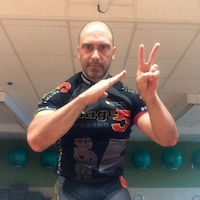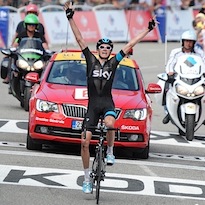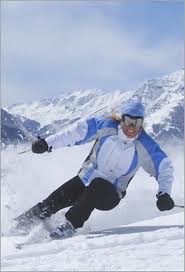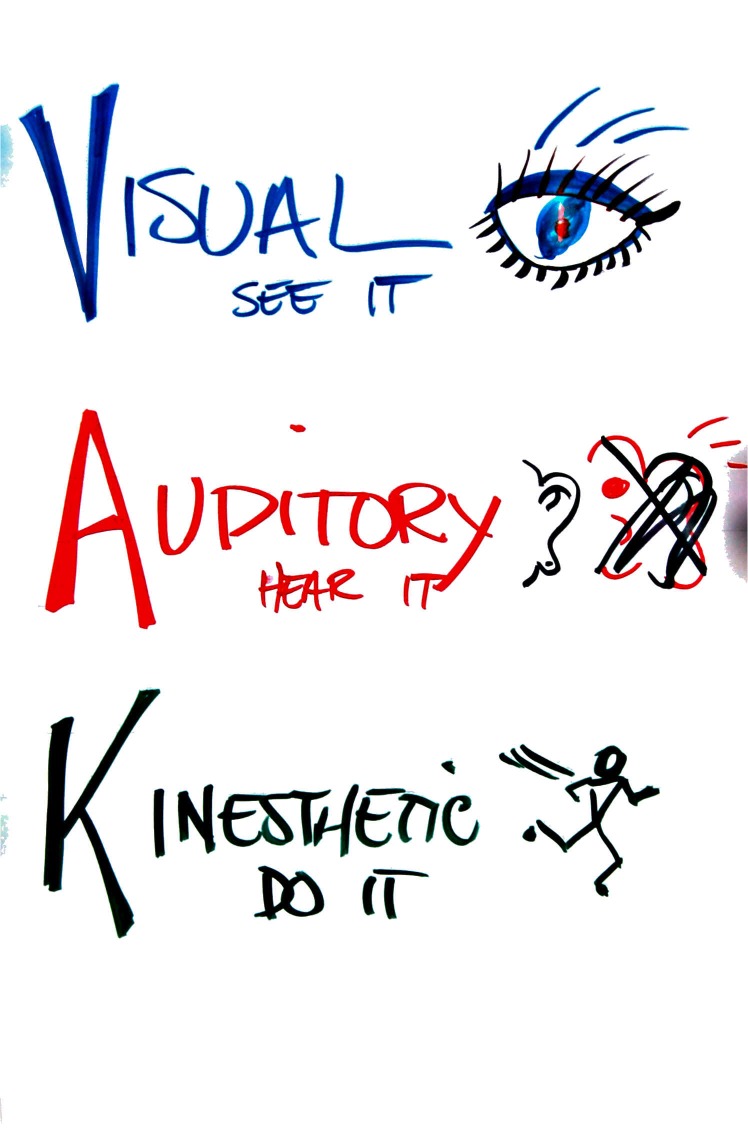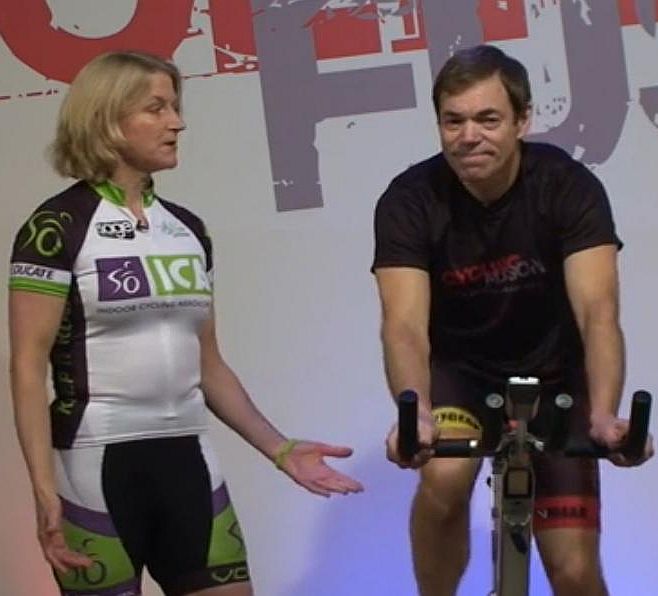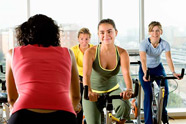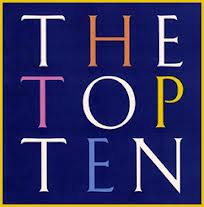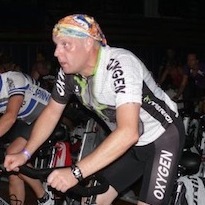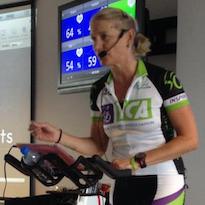Visual Cues to Enhance Your Coaching Part 1: Technique and Pedal Stroke
Visual learners are probably the most common amongst our students, yet so many instructors miss out on adding the signals that help them to grasp directives. This article will focus on how to meet the needs of your visual learners so that they will profit from your coaching. Part 1 of this series covers technique, pedal stroke and body position with ten different images.Read more…

